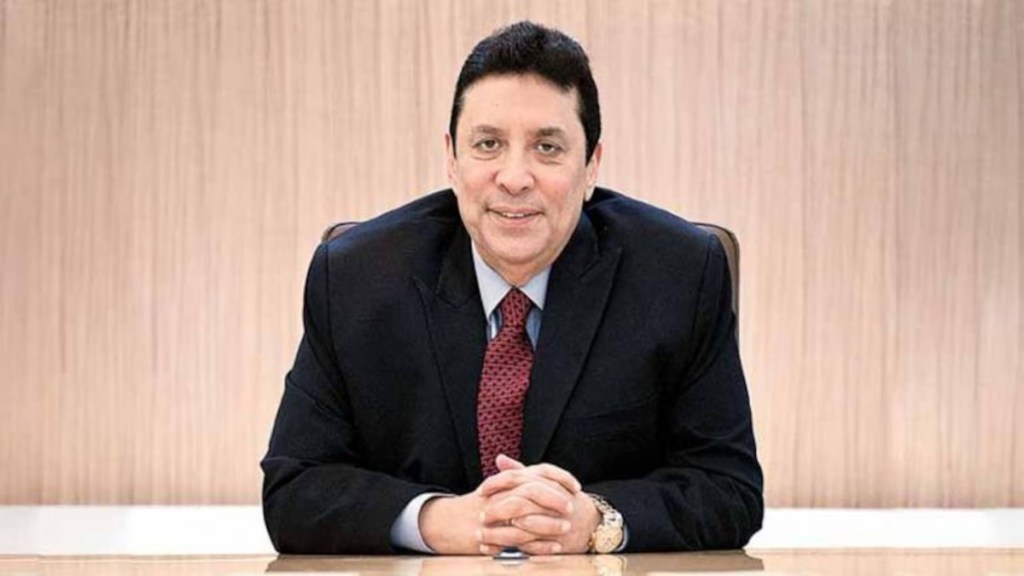Keki Mistry, veteran finance professional and the former vice chairman and CEO of HDFC, describes the RBI policy announcements made today as being on expected lines. The healthy performance on the inflation front, Mistry feels, could throw up the possibility of yet another rate cut in the coming two quarters. Sanjay Malhotra, the governor of the Reserve Bank of India (RBI) however in his statement earlier in the day, reminds that “the CPI (Consumer Price Index) inflation, however, is likely to edge up above 4 per cent in Q4:2025-26 and beyond, as unfavourable base effects, and demand side factors from policy actions come into play.”
On the net impact of US tariffs based on the numbers emanating this far from the US, Mistry expects little direct impact on India, which, he feels, could also be offset by other factors.
India, Mistry says, “is relatively insulated from the unfolding global crisis and possible trade-related disruptions and tariff impositions by the US.” This, to him, is by virtue of the fact that exports from India are a relatively small part of its Gross Domestic Product (GDP) standing at around 23 per cent and of this the share of exports to the US stands at around 18 per cent. Therefore, a back-of-the-envelope calculation suggests a direct impact of 20 to 30 basis points (bps).”
Domestic Drivers to Offset External Shocks
However, this can be offset by other factors. These include pick up in rural consumption expected due to “steady southwest monsoon”, which even the RBI governor Sanjay Malhotra, pointed out was “supporting kharif sowing, replenishing reservoir levels and boosting agriculture activity.”
India is also getting into the festival months when urban consumption could also see a pick up. Added to this, Mistry feels, any decline in global oil prices could also work in India’s favour.
Economists typically like to look at how the numbers play out for the components that make up the GDP or the value of goods and services produced in the country. They are linked to Consumption, Investment and net exports or the equation, Y = C + I + G + (X – M) with X being the exports and M, the imports. India currently has a trade surplus with the US and as a leading economist, who did not wish to be named, says, the way to look at it is how any reduction in the trade surplus will adversely impact (X – M) and thereby affect the growth rate.
The SBI Research report says, the US share in India’s exports stands at 20 per cent in FY25 and the top 15 items exported to the US accounting for 63 per cent of total exports. It’s estimate, presuming a US 25 per cent tariff, could impact the GDP growth by 25 to 30 bps for FY26.
Interrogate the internet or seek help from the AI assistants and depending on the quantum of tariff mentioned it throws up different estimates on the hit on the trade surplus with the US and on the possible sectors that could get impacted ranging from textiles, gems and jewellery to seafoods and auto parts. The pharmaceutical sector, with its $ 9 billion export of low cost medicines (generic drugs) is exempt from this and the decision on it linked to the findings unde by the investigation under the section 232 of the US Trade Expansion Act which looks at the implications on the national security of the US.
Diversifying Trade to Mitigate Future Risks
However, economists also opine that India should also build its trade dealings with other countries willing to enter into a fair deal with India. Building on the trade deal with the United Kingdom, work on concluding a free trade agreement (FTA) with the European Union, with the East Asian nations and join the CPTPP (Comprehensive and Progressive Agreement for Trans-Pacific Partnership).
For the moment, the RBI governor sums up the current scenario and the central bank’s stance: “On balance, the current macroeconomic conditions, outlook and uncertainties call for continuation of the policy repo rate of 5.5 per cent and wait for further transmission of the front-loaded rate cut to the credit markets and the broader economy. Accordingly, the MPC unanimously voted to keep the repo rate unchanged. The MPC further resolved to maintain a close vigil on the incoming data and the evolving domestic growth-inflation dynamics to chart out the appropriate monetary policy path. Accordingly, all members decided to continue with the neutral stance.”

